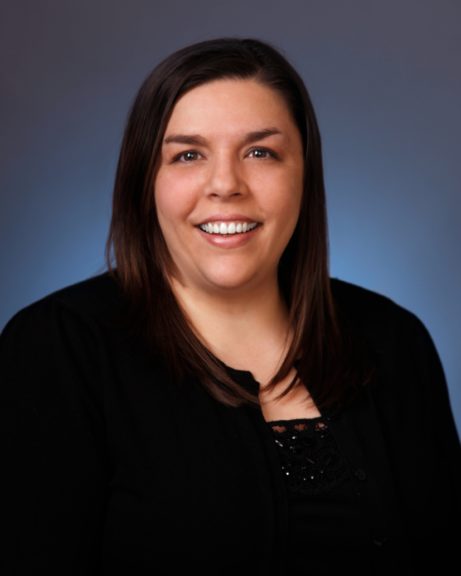A CHOC nurse scientist will discuss the health system’s culture of collaborative innovation this month at a prestigious Cleveland Clinic conference, marking the first time outside organizations have been invited to present.
Jennifer Hayakawa, DNP, CNS, CCRN, CNRN, will participate in a panel discussion titled “Teamwork makes the dream work” at the seventh annual Nursing Innovation Summit on Oct. 23.

In her presentation, “Defending Childhood Through Collaborative Innovation,” Jennifer will discuss the role of a nurse scientist; CHOC’s infrastructure to support nurse innovation; and CHOC nurses’ collaboration with multidisciplinary teams while in pursuit of innovation.
Multidisciplinary collaboration at work
To illustrate the multidisciplinary collaboration at CHOC, Jennifer will also highlight a nurse-led innovation to study pediatric outcomes on a medical device that has been primarily used in adults. CHOC is among the first institutions worldwide to study the use of automated pupillometry in pediatrics. Pupillometers provide reliable and objective data to assist with early detection of subtle neurological changes.
“Quantitative pupillometry has been integrated into standard of care and clinical decision-making in adult intensive care units across the nation,” Jennifer says. “While there are multiple studies that validate the use of pupillary metrics to improve clinical outcomes in adult populations, there are very few published studies describing its use in children. Several children’s hospitals are using it, but we’re the first to develop a robust database. Through that, we’ve learned more about what works for our population and we have identified a few challenges unique to pediatrics.”
The idea to begin collecting this data came from the pediatric intensive care unit nurses at CHOC – and has led to a valued partnership with the device manufacturer. Through that relationship, a CHOC multidisciplinary research team will soon begin evaluating the use of pupillary metrics in the assessment and management of concussion, Jennifer says.
“This will help our industry partner to improve their product and will allow us to learn more about application of this new technology in diverse clinical populations,” she says. “We collaborated with the CHOC Research Institute and Innovation Lab to connect with lawyers to get advice about intellectual property and data use agreement contracts. That’s the focus of the conference and panel – working together to innovate healthcare – navigating all of those moving parts.”
During the panel, Jennifer will share the stage with a physician and a patent attorney, and she’s thrilled for the opportunity.
“Working collaboratively to innovate care is something I’m really passionate about,” she says.
The path to a research career
Jennifer’s path toward becoming a nurse scientist at CHOC began about 18 years ago, when she joined the organization as a unit secretary while in nursing school. Upon graduation, Jennifer began work at the bedside in the pediatric intensive care unit.
Through the years, she transitioned to an educator role and later to a clinical nurse specialist role. About two years ago, Jennifer became CHOC’s nurse scientist.
“I never thought I’d move away from the bedside,” she says. “But my career path and professional growth has led to different opportunities.”
Jennifer credits participating in CHOC’s nursing research fellowship program with propelling her toward a career in research.
“I always knew research was an important part of my role as a clinical nurse specialist, but research always seemed daunting” she says. “Coming out of that program changed my perspective and gave me the confidence to pursue my doctorate degree.”
Research isn’t done in a silo
In her role today, Jennifer is charged with nurturing a culture of inquiry at CHOC. Critical to that is building infrastructure, while also mentoring and guiding nurses through the research process.
Jennifer incorporates her experience as an intimated nascent researcher when working today with nurses considering an investigation or embarking upon a new project.
“I tell them they don’t have to do it alone,” she says. “Research and innovation isn’t done in a silo; it’s done through a lot of multidisciplinary collaboration.”
As the role nurses play in CHOC’s culture of inquiry continues to deepen, the results are evident: In fiscal year 2019, CHOC nurses presented 31 posters and 24 podium presentations at local and national conference and published five articles in peer-reviewed journals.
“Research is integral to the care we provide at CHOC,” Jennifer says. “For families, it represents hope – hope for improved quality of life, hope for a cure, or hope to help other children and their families. It is an honor and a privilege to be a part of a team of talented people providing this innovative care.
Learn more about nurse research and evidence-based practice at CHOC.




